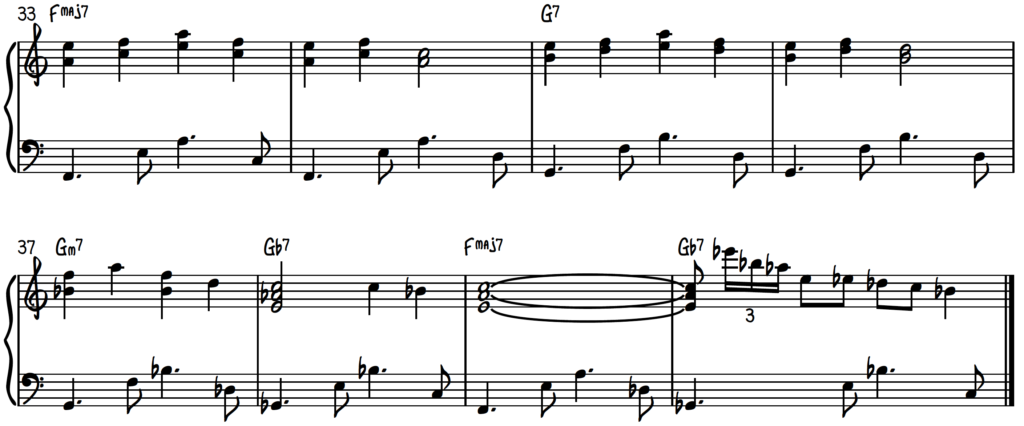
This jazz chord progression, sometimes referred to as the 251, is a staple within bossa nova and other related genres. However, here are some sample jazzier chord progressions that can make an amazing foundation for a bossa nova beat. The bass note is different from the root note of the bossa nova chord, indicated after the slash.Īs discussed, bossa nova isn't defined by a single chord progression. This chord has the bass note act as an inversion of the chord. Slash chords are also called compound chords, which are commonly used as bossa nova guitar chords.

So Cmin7, C Eb G Bb, changes to C Eb G Bb D to become Cmin9. Suspended chords omit the major or minor third of a chord and replace it with a major 2nd or perfect 4th of the respective scale.Ī minor 9th chord is a minor 7th chord paired with the 9th scale degree and is another common extended chord in bossa nova music. So a C major chord changes from C E G to C E G B to become Cmaj7.īossa nova guitar patterns commonly use suspended chords to shift from a major key to a minor key. These chords have an added 7th scale degree. Seventh chords are a type of extended chord that is commonly seen in bossa nova music. Here are the different types of bossa nova chords every musician should know: The chord progressions are pretty simple as shown below, but it's important to fluctuate between different bossa nova chords to keep things interesting for your listener. Most of the work for musicians goes into mastering the samba rhythm pattern that defines the genre. You'll hear that bossa nova chord progressions frequently change throughout a song, with various embellishments added to keep things interesting.īossa nova isn't entirely complicated. This technique was often used to allow the guitar player to strum the bass string while simultaneously hitting all required notes.īossa nova music borrows a lot from jazz guitar playing which emphasizes complex melodies, scales, and improvisation. This allows musicians to play the notes of a song with that trademark syncopated feel.īasic bossa nova music tends to have a softer sound, incorporating fingerstyle playing on guitar. Bossa nova songs are equally as rhythmic as they are melodic.īasic bossa nova rhythm can be written in common time, or 4/4, but it's often written in cut time, or 2/4. This rhythmic pattern is a key component of any bossa nova groove, as it pulls a regular jazz progression into the world of Brazilian syncopation. What makes up a bossa nova song? This fusion genre is somewhat difficult to define, but most bossa nova songs have the following in common: This word describes the underlying rhythmic patterns that are seen across samba or other forms of Afro-Cuban and Latin American music.īossa nova guitar patterns and chords are important, but a bossa nova chord progression cannot stand without this underlying rhythm behind it.

One of the most essential ingredients to bossa nova music is clave, pronounced clah-vé. These beautiful songs continue to be remembered and well-cherished today by musicians and music lovers.

In fact, "The Girl From Ipanema" topped the charts, reaching number 5 in the United States during the summer of 1964. Eventually, Jobim's music was discovered by enough people to extend the sound far outside the Brazilian radius.


 0 kommentar(er)
0 kommentar(er)
